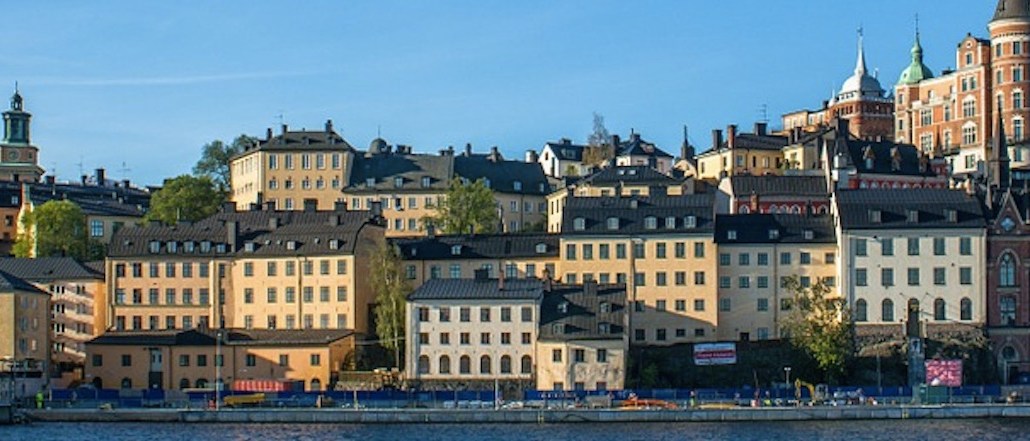
Digital-first media companies may be more likely to thrive on Facebook than stodgy older publishers, but in Scandinavia, legacy media companies are holding their own on the platform.
Recent data from Newswhip analyzes the total Facebook engagements — likes, comments and shares — on top publishers’ web-based content from Sweden, Norway, Denmark and Finland during September.
In terms of overall engagement, the top four spots are taken up by newspaper brands Expressen (Sweden), Aftonbladet (Sweden), Ilta-Sanomat (Finland) and Iltalehti (Finland), with Expressen, owned by The Bonnier Group, fetching nearly 4 million interactions over 10,000 stories for the month.
Legacy publishers have larger newsrooms
If Facebook’s algorithm now favors longer-form articles and original content, then legacy publishers have the large newsrooms to deliver this, points out Daniel Weilar, CEO of independent Swedish news publisher Nyheter24-Gruppen. “In the Nordics, it’s the big publishers that are able to please the algorithm,” adding legacy publishers in Sweden have been “quick and smart” about growing Facebook audiences for the last four years.
Source: Newswhip.
Nordics lead in mobile news consumption
Even so, Newswhip’s head of communications, Liam Corcoran, suggests there are a few things that Nordic legacy publishers have at their advantage compared to other markets: One of them is high levels of mobile usage.
According to Reuters Digital News Report, investment in infrastructure and low data charges have helped Nordic countries take the lead in news consumption on mobile. Sweden is leading globally with 69 percent of people using smartphones to access news content. By comparison, in the U.K., it’s below 50 percent, and Germany is lagging at 40 percent. Swedish legacy news media has been developing mobile news services, sites and applications for many years: Aftonbladet and Expressen both have the majority of their online news accessed via mobile devices. This mindset is helpful for building audiences on social.
Source: Reuters Digital News Report.
Freemium paywalls drive social growth
Readers in Nordic countries have a higher propensity to pay for online content, according to Reuters data. In Norway, 27 percent of people have paid for content online in the past year. By way of comparison, no English-speaking country has a payment rate of more than 10 percent, in all likelihood because there’s higher competition for digital eyeballs. Europe, with its many markets and languages, is a tough nut to crack for English-speaking news publishers. Homegrown publishers in smaller countries — Sweden’s population is 10 million people, in Norway it’s 5 million — are more protected by international competition.
Even so, successful subscription publishers that share free content on social tend to build robust audiences. “The preferred approach with Scandinavian publishers is the porous and freemium paywall models, which allows for strong social media growth,” writes Corcoran.
Digital publishers gain an edge with Facebook Live
Where independent publishers are grabbing a foothold is in Facebook Live. In this chart showing the Facebook Live output of a selection of publishers from January to October, the first two Seiska (a Finland) and Metroxpress (Denmark) are originally print titles, and Nettavisen (Norway) and Nyheter24 (Sweden) are digital-first players. Norwegian digital-first news publishers Nettavisen was the fifth-most prolific Facebook Live publisher over the time period, streaming 59 Facebook Live videos, gaining 34,000 interactions.
Still, many legacy publishers are in there, too. Expressen TV, for instance, has the resource to invest in video and has grown its video team from 20 to 60 staff. It aims to stream live videos for 16 hours of the day, with reporters using phones, drones, GoPro cameras and augmented reality technology, according to an interview with Journalism.
Source: SocialBakers.
More in Media

Media Briefing: The top trends in the media industry for 2025
This week’s Media Briefing takes a look at the top trends from 2025, from digital advertising revenue performance to AI licensing deals.

Digiday Scorecard: Publishers rate Big Tech’s AI licensing deals
Digiday has compiled a scorecard grading AI platforms to make sense of the growing number of players in the AI content licensing market.

Publishers are hunting for AI prompt data — now they’re starting to get it from third-party companies
Publishers are finally gaining some visibility into AI search, as new prompt data tools crack open a black box.





